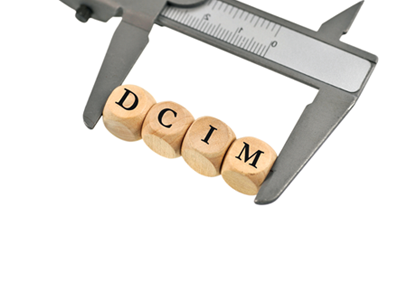DCD FOCUS: How do you rate the current maturity of the data center infrastructure management (DCIM) market and why?
Werner Kühn: Considering the fact that availability, cost efficiency and agility are the three most important objectives for data center managers, it is surprising that many companies are still using spreadsheets and simple graphs for the documentation of their data center, or for the proper planning of changes.
Spreadsheets only provide limited insight, and it is very hard to reduce energy consumption, or to avoid downtime due to unanticipated hot spots or power capacity overload, without huge and expensive buffer capacities. For the same reason, spreadsheets don’t allow an agile alignment of data centers with the business needs. According to our experience, the minority of data centers – maybe 30% – are already operated at the proactive or service-driven level of the Gartner Data Center Maturity Model.
FOCUS: How aware are customers today of the benefits of DCIM?
WK: By now the terminology is well known in the industry; however, there is a wide variety of tools claiming to be DCIM solutions:
• Tools for data center documentation and possibly for planning changes including capacity planning • Power metering solutions to monitor the power consumption of IT assets
• Combinations of these, which allow you to calculate power capacities based on realworld power values, or even to calculate key performance indicators (KPI) such as the power usage effectiveness (PUE)
• Some tools add change management to define and work through a process workflow chart to execute changes properly
• Remote access to the IT assets through service processors, KVM connections, console ports etc, ideally through a single console
• And last but not least, tools for monitoring and remote access of the physical infrastructure (the facilities), including environmental sensors These are all elements of a DCIM solution.
However, many analysts only consider a holistic solution, covering all areas, to be a real DCIM solution. Companies unable to immediately roll out such a complete solution can nevertheless take immediate action and deploy just some of the aspects of DCIM and immediately achieve efficiency improvements.
FOCUS: What are the three metrics for success of any DCIM project?
WK: There are some metrics, which are easy to measure, when having a holistic DCIM solution in place:
• Improvements in energy consumption, which can easily be reported by pulling historical data from the system
• Another KPI would be the PUE factor, which can show efficiency improvements on the facility side, if configured to be measured continuously
• Or comparing downtime with/without a DCIM solution in place would provide quantitative data of improvement
This article first appeared in DatacenterDynamicsFOCUS magazine Issue 21.
Read the digital edition complete with rull DCIM coverage in a special section.

